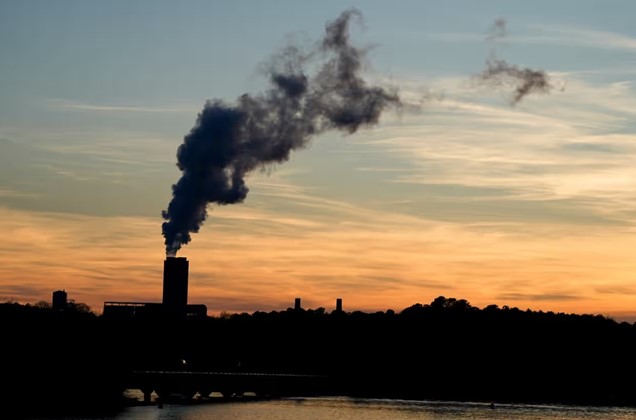
The EPA's rule was established under the Clean Air Act, following a 2022 Supreme Court decision that limited the agency's ability to enact broad regulations for shifting from coal to cleaner energy sources. The EPA emphasizes that addressing the climate crisis necessitates involvement from the power sector, which accounts for 25% of U.S. greenhouse gas emissions.
The rule mandates a 90% reduction in emissions from coal plants operating past 2038 and certain new gas plants by 2032, using carbon capture technology, which the EPA considers both proven and feasible. However, opponents argue that the technology's effectiveness at the scale proposed is unproven. West Virginia and other challengers claim that the rule serves as a "backdoor avenue" to eliminate coal plants.
The Supreme Court's 2022 ruling is grounded in the "major questions" doctrine, which requires explicit congressional authorization for significant regulatory actions. The states contest that the new EPA rule falls into this category and exceeds the agency's authority. Despite multiple lawsuits filed in the U.S. Court of Appeals for the District of Columbia Circuit, the court ruled on July 19 to keep the regulation in effect, stating that the EPA's actions are well within its statutory powers.